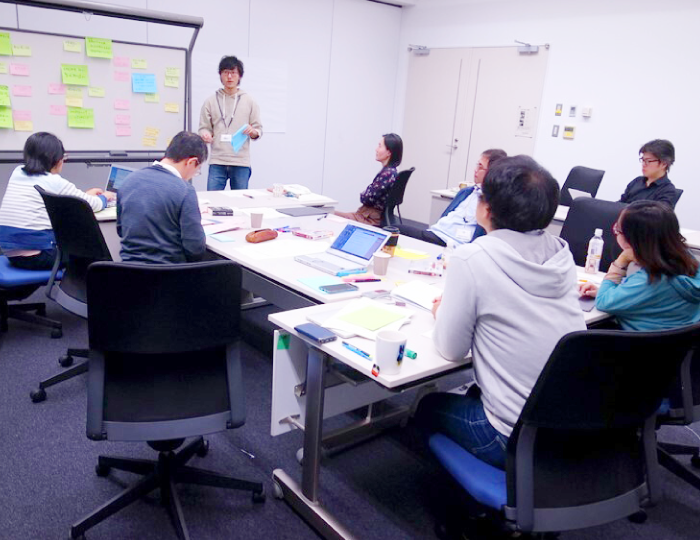Tips
In the co-creation project, we are collecting tips to foster knowledge co-creation and guide transdisciplinary research (TDR). We aim to share these tips in the form of a pattern language.
About pattern language

Pattern language is an idea that originated in the field of architecture and city planning in the 1970s. American architect Christopher Alexander wondered if there was a way for everyone to participate in city planning. He thought that that would require the development of a language that anyone could use to talk about the city without the need to use expert technical terms. Alexander paid attention to the regularity that creates harmony between architecture and cities and tried to identify universal principles for good design. He described these principles as ‘patterns’, and the means of sharing them as a ‘language’.
In his book ‘A Pattern Language: Towns, Buildings, Construction’, Alexander and his colleagues created a common language, referred to as pattern language, that can be used by non-experts to participate in the process of city planning and building design. In this pattern language, the rules of thumb for solving common and timeless problems in design are summarised in units called ‘patterns’. Each pattern describes a specific problem, the situation or context in which it likely occurs, and the core of the solution to that problem. The solutions are not written as specific procedures or manuals, but rather as ‘hints’ for solving the problem. Therefore, the solution can be used in many ways based on one’s own needs and situation. Each pattern is assigned a name, so it can be used to refer to a particular combination of ‘problem statement’, ‘context description’, and ‘proposed solution’ when talking with others. The fact that patterns can be used as ‘words’ and can be linked to each other is the reason why a set of patterns is called a ‘language’.
Since the release of the book, pattern languages have also been created in other fields such as education and healthcare.
A pattern language for knowledge co-creation

In the co-creation project, we aim to develop a pattern language to guide TDR. Inspired by Alexander’s work, this transdisciplinarity (TD) Pattern Language will be a collection of patterns that describe common challenges in TDR, as well as ideas to overcome such challenges and to foster knowledge co-creation. Image 1 shows an example pattern. Example one is about engaging the residents of a community in a research project (context). A common problem in co-creation projects is that researchers try to obtain results in a relatively short period of time, which may put an excessive burden on the lives of the residents (problem). To avoid this, the researcher should try to better understand and keep pace with the daily lives of the residents (e.g., by joining community activities, interacting with residents, etc.) and should always have flexible plans to accommodate the routines and commitments of the participants (solution).
Lessons learned from dealing with such re-occurring problems in the field can be expressed as patterns to create a pattern language for TDR. We will identify tips from experiences and lessons learned shared by experienced TD researchers, practitioners, and stakeholders involved in TDR. Under this component, we are organising workshops, interviews, and case studies to develop the patterns (more information and patterns will be added to this page as the research progresses).
Example patterns
-
Communicative language

Problem
As globalization and the division of labor are progressing, foreign words and technical terms abound, making communication between citizens, experts, and different industries difficult.
Solution
Try to speak as plainly as possible, using words that others can understand
-
Mind the difference

Problem
Differences in cultures, lifestyles, thinking and values can cause friction in communication. We may not always be aware of such differences.
Solution
By communicating in ordinary words when new words and concepts need to be introduced, we can think together about new possibilities for problem-solving.
-
Make use of skills

Problem
Without trust from a local community, it is difficult for external experts and researchers to continue their work.
Solution
Work on building a foundation of trust between researchers and stakeholders throughout the project. For example, researchers can build trust by using their specialized skills and knowledge to search and convey information that local people want to know.
-
Enjoy exploring new ideas together

Problem
There is no simple solution to environmental problems, so we need to be creative.
Solution
Both experts and citizens need to take a positive attitude towards exploring new ideas and ways of thinking together.








